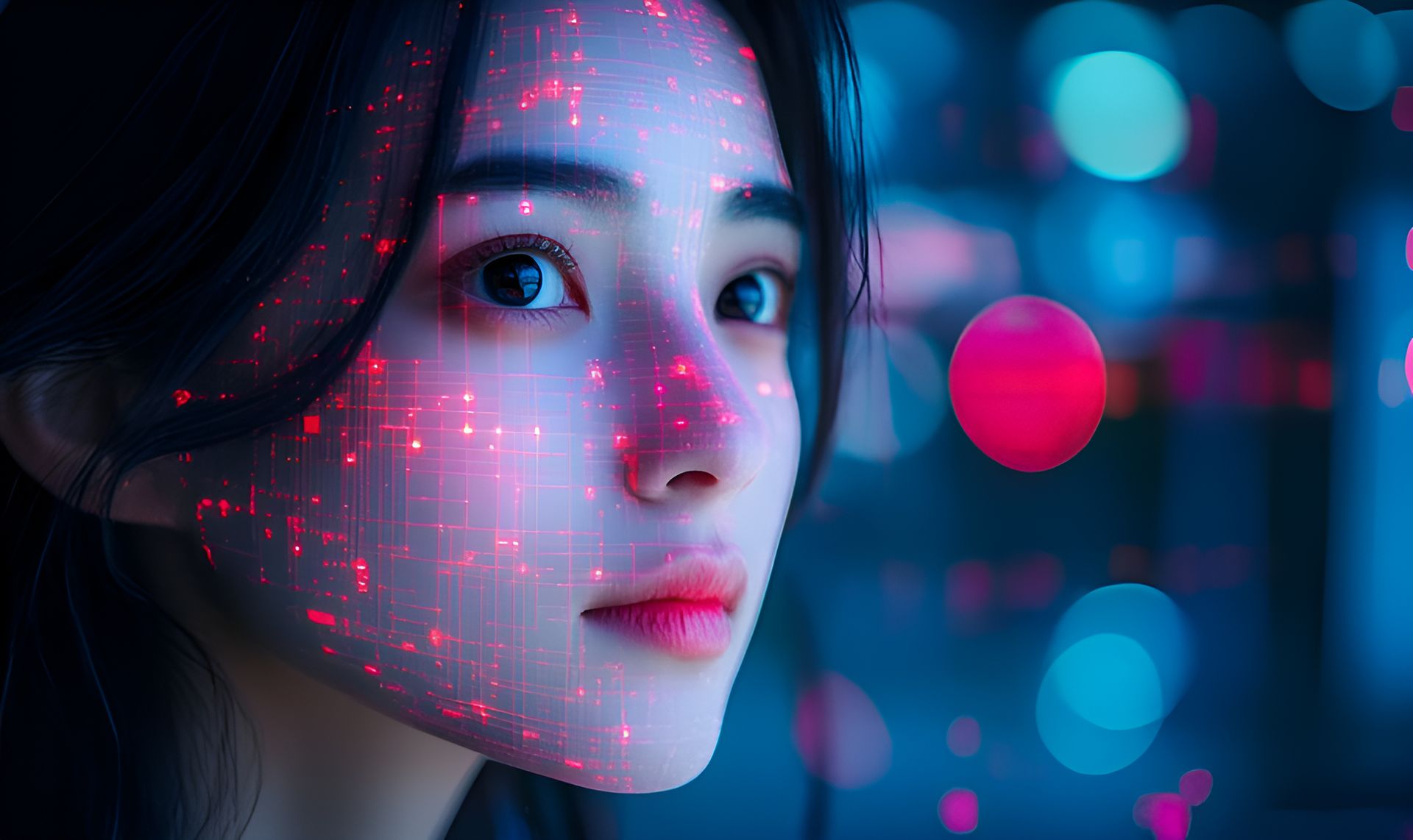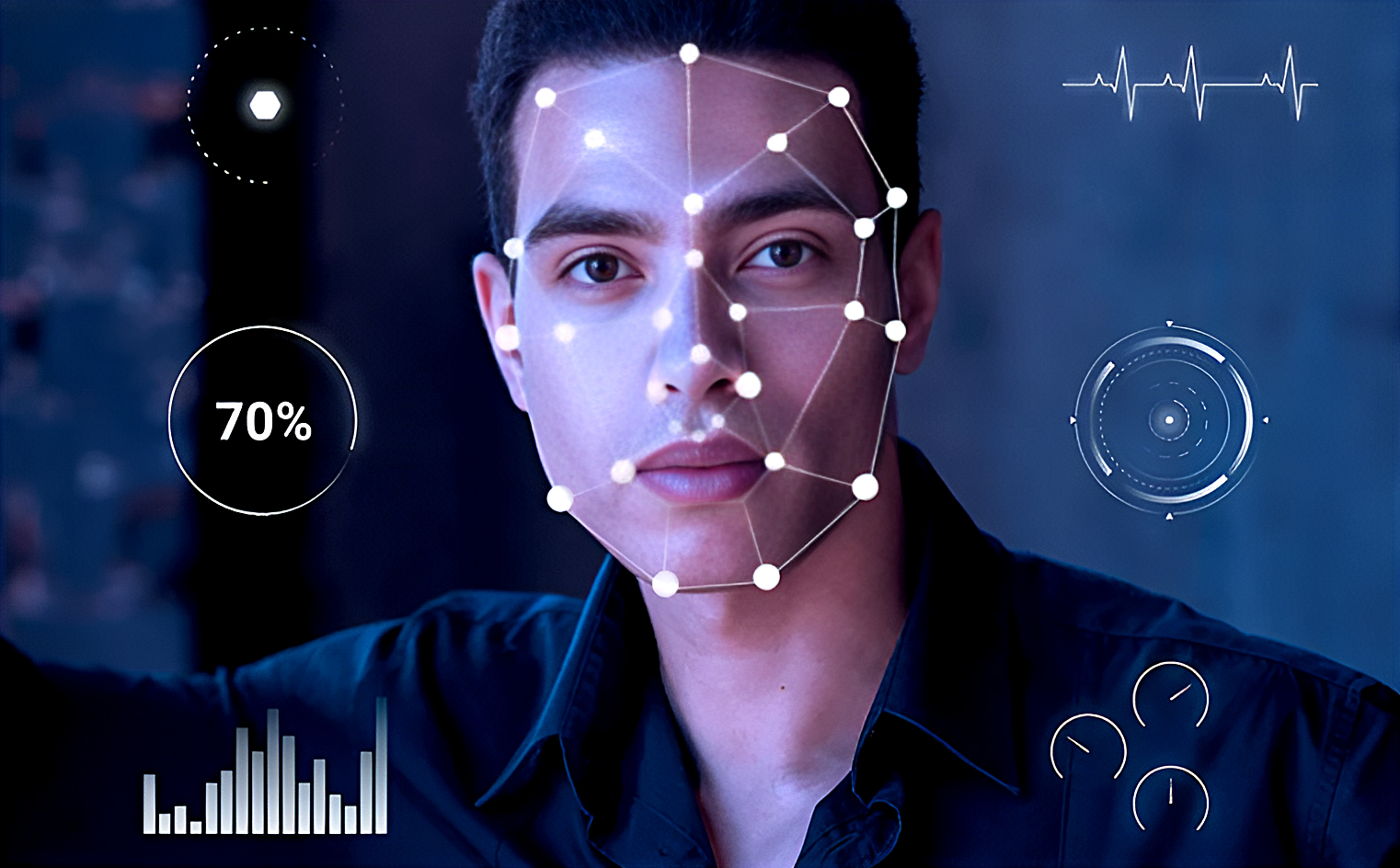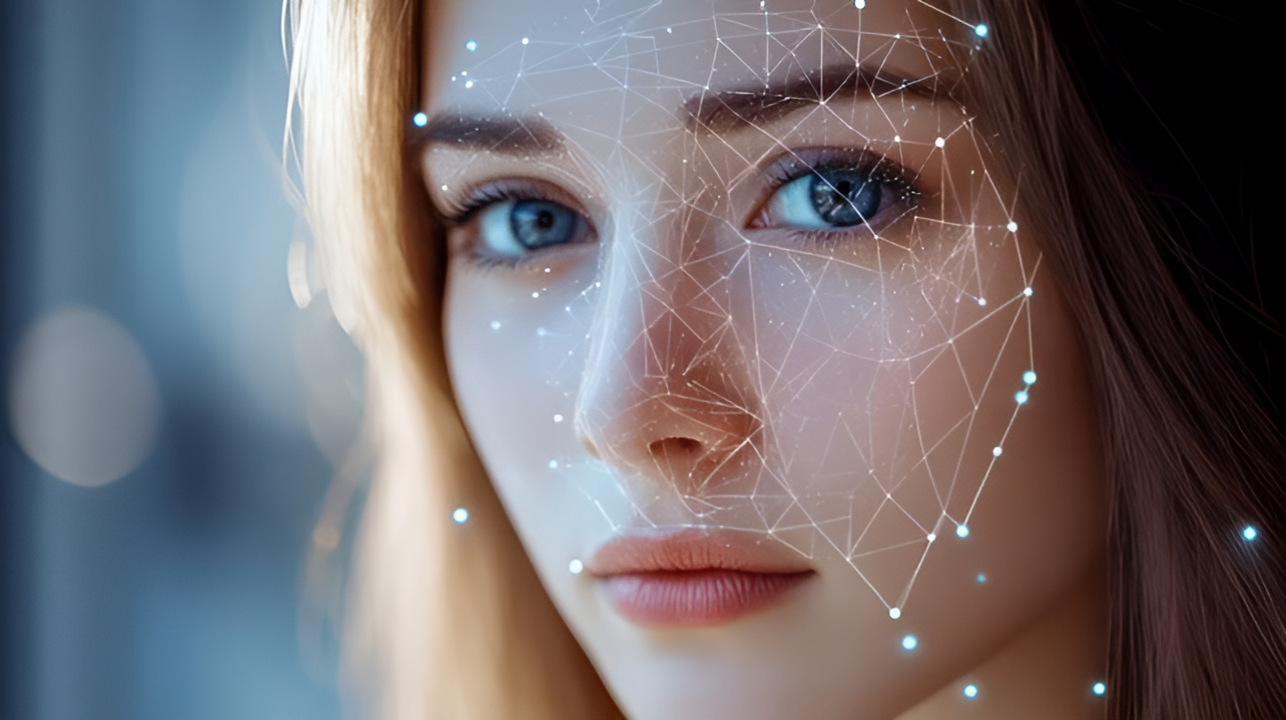SummaryDeepfake technology, powered by generative AI, is rapidly growing in accessibility and misuse, with millions of visits to explicit content websites worldwide. Countries like the United States, India, and Japan are the largest contributors to such platforms. While this technology has creative applications, its misuse raises concerns about privacy violations, misinformation, and psychological harm. Experts and governments are advocating for legislation, public awareness, and innovative solutions like Google's AI-generated image tags to combat the negative impacts of deepfakes. |
The Global Impact of Deepfakes

The rapid evolution of AI technology has brought with it significant challenges, particularly with the misuse of generative AI to create explicit deepfake content. A recent study highlights that websites enabling the creation of such fabricated images received over 18 million visits from Japan within a year, placing the country third globally in traffic to these platforms. The United States leads the list, followed by India, underlining the international nature of this growing problem.
The Role of India in the Deepfake Epidemic

India stands as the second-largest contributor to traffic on deepfake websites, with an estimated 24.57 million visits recorded between December 2023 and November 2024. This figure is second only to the United States, which registered a staggering 59.73 million visits. These numbers illustrate that the challenge of regulating harmful deepfake content extends far beyond a single nation.
Key statistics include:
- United States: 59.73 million visits, the largest share globally.
- India: 24.57 million visits, reflecting widespread accessibility and usage.
- Japan: 18.43 million visits, with 410,000 users accessing these platforms monthly.
Countries like Russia (17.59 million) and Germany (16.86 million) also report significant traffic, demonstrating that deepfake technology misuse is a global concern.
What Are Deepfake Websites?

Deepfake websites use generative AI to manipulate uploaded images, creating explicit or misleading content. Many of these platforms offer detailed instructions in multiple languages, including English, Russian, and Japanese, making them accessible worldwide. Over half of these websites launched in 2024 alone, reflecting the growing demand for this controversial technology.
The capabilities of these platforms are worrisome:
- Accessibility: Most users access these sites via smartphones, with mobile traffic dominating usage patterns.
- Content Creation: These platforms allow users to generate explicit images from uploaded photos, often without the consent of the individuals depicted.
- Anonymity: The availability of such tools on unregulated platforms poses significant challenges for law enforcement.
The Surge in Deepfake Content

According to cybersecurity firm Security Hero, 95,820 deepfake videos were detected online in 2023, a dramatic increase from previous years. Shockingly, 98% of these videos were sexually explicit. This surge coincides with the rise of platforms facilitating the mass creation and sharing of deepfakes, often for malicious purposes.
Key contributors to the problem include:
- Social Media: Many users share fabricated images on social platforms, amplifying their reach.
- Ease of Use: The user-friendly interfaces of these platforms lower barriers for non-technical users to create harmful content.
- Lack of Regulation: The absence of strict laws in many countries allows such websites to operate with impunity.
Tackling the Deepfake Threat: Regulation and Awareness
The misuse of deepfake technology has prompted governments and organizations worldwide to take action. In Japan, experts such as Professor Ichiro Sato from the National Institute of Informatics stress the importance of enacting robust laws and improving public information literacy to curb this menace. Similarly, other countries are working on legislative frameworks to combat the problem.
One innovative solution comes from Google Photos, which recently announced plans to introduce AI-generated image tags aimed at combating the misuse of deepfakes. This feature will help users identify altered or fabricated content, empowering them to verify the authenticity of images more easily.
Why India and the World Must Act Quickly
India, as a major contributor to traffic on deepfake websites, faces unique challenges. The widespread availability of smartphones, coupled with high internet penetration, has made such tools accessible to millions. Addressing this issue requires:
- Legislation: Strict laws to penalize the creation and distribution of deepfake content.
- Education: Public awareness campaigns to inform citizens about the dangers of deepfake misuse.
- Technology: Collaboration with tech companies to develop tools that detect and block harmful content.
Global Collaboration Is Key
The international scope of the deepfake crisis demands a united response. Governments, tech companies, and civil society must work together to:
- Enhance Detection: Invest in AI tools that identify and flag deepfake content.
- Standardize Laws: Create global standards to regulate the misuse of AI technology.
- Empower Users: Equip individuals with resources to verify the authenticity of digital content.
Conclusion

The rise of deepfake websites, coupled with increasing global traffic, highlights the urgent need for action. From the United States to India and Japan, the misuse of generative AI is creating ethical, legal, and societal challenges. Efforts like Google's AI-generated image tags offer hope, but a comprehensive approach involving legislation, technology, and education is essential to mitigate the risks.
By addressing these challenges now, we can ensure that AI is used responsibly and ethically, safeguarding individuals and communities from harm.